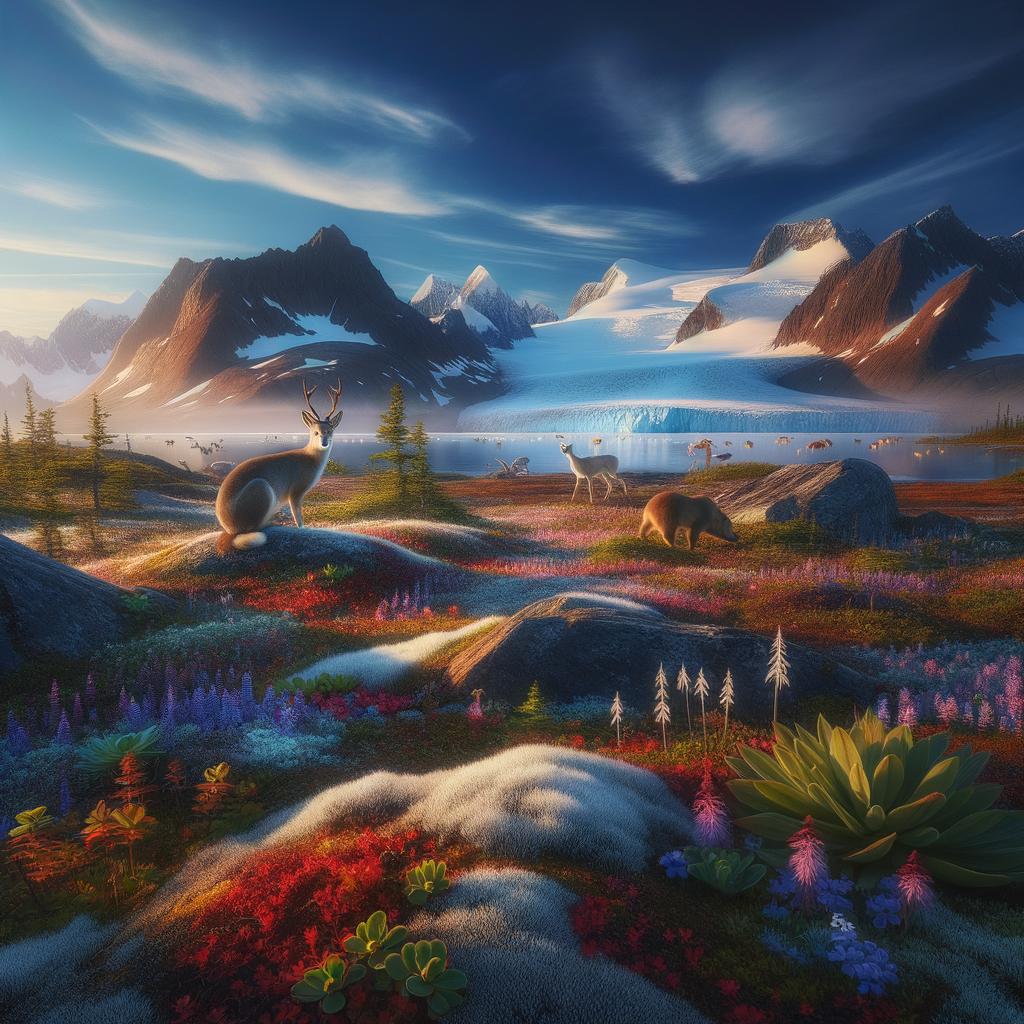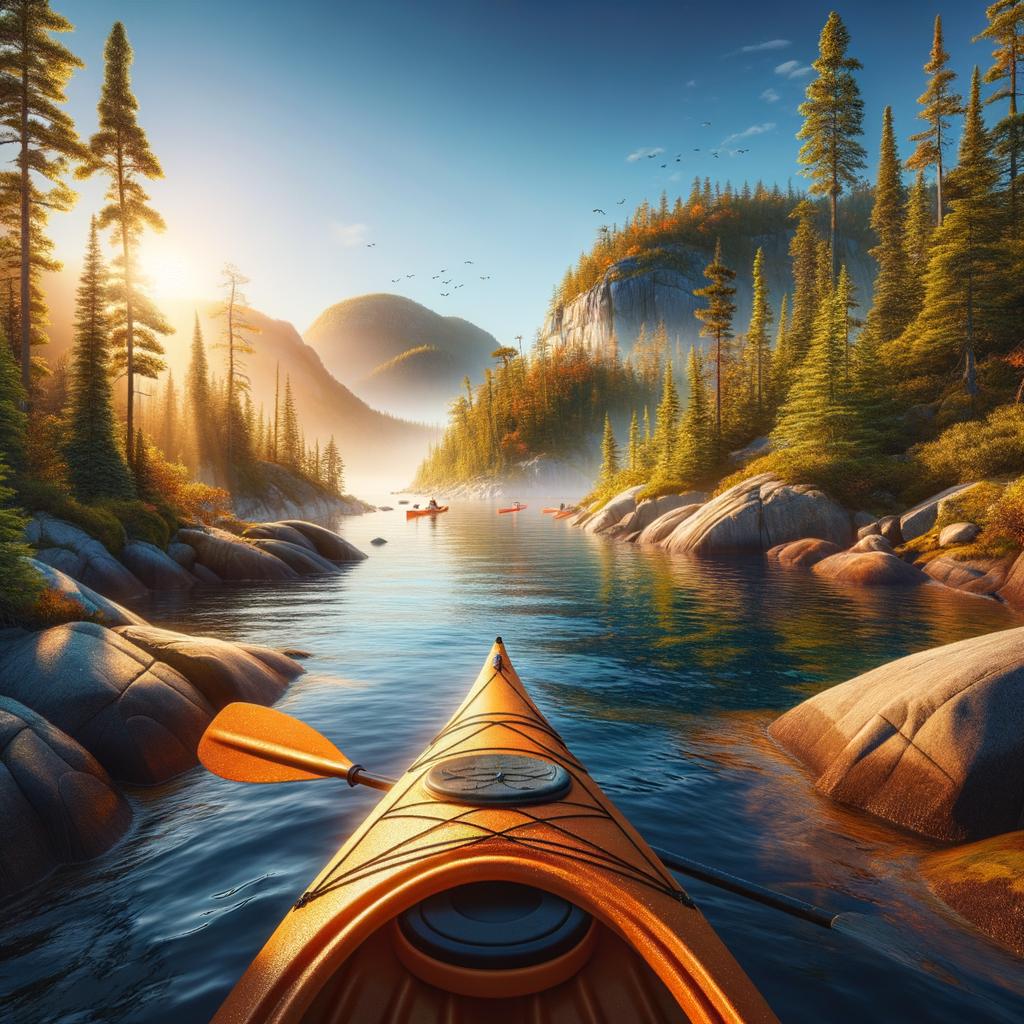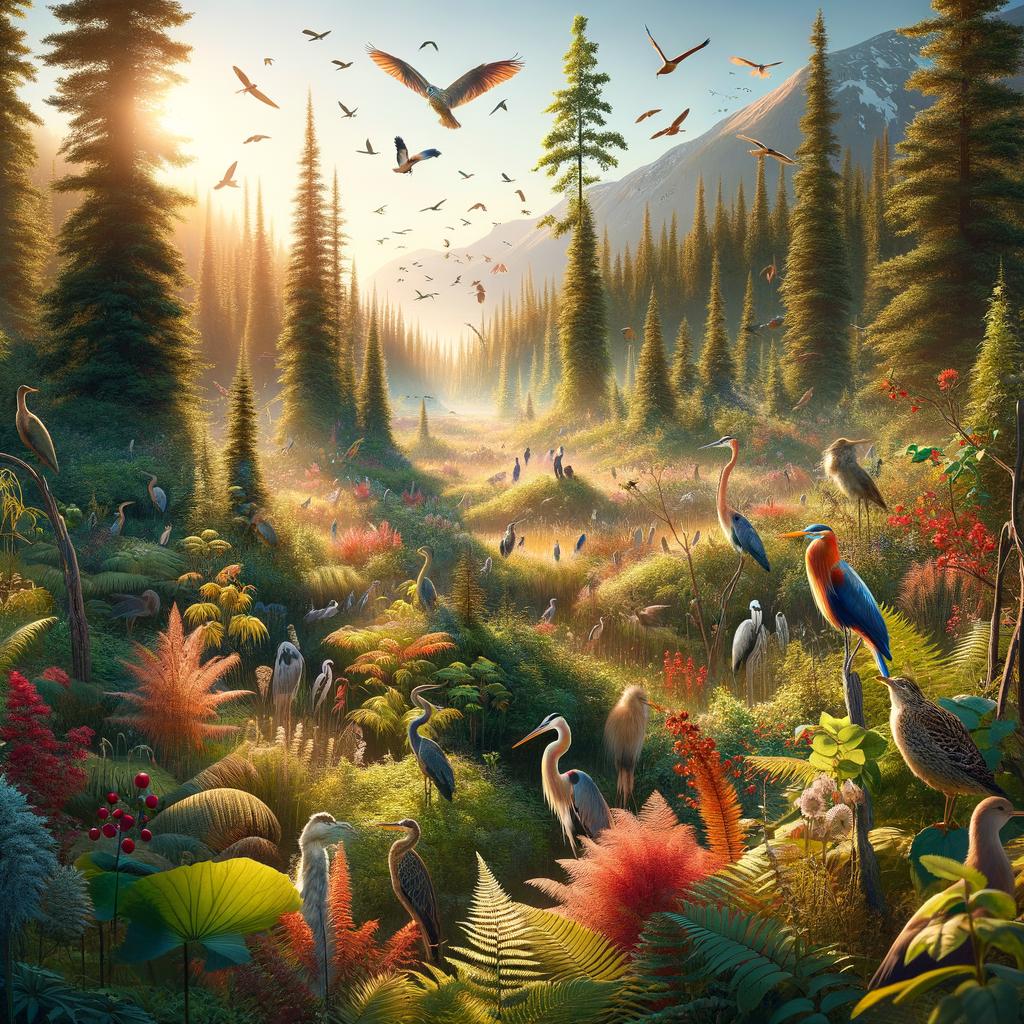Discover the Beauty of Canada's Tundra and Wildlife
Posted on June 20, 2025 • 4 minutes • 731 words
Table of contents
Canada’s tundra presents an extraordinary landscape that captivates adventurers and nature enthusiasts alike. This unique ecosystem, characterized by its cold climate, permafrost, and stunning vistas, is home to an array of wildlife that thrives in seemingly harsh conditions. From the rolling hills of the Arctic tundra to the vibrant colors of its flora, this region offers a glimpse into a world where nature reigns supreme. For those seeking a connection to the wild, exploring Canada’s tundra reveals breathtaking beauty and fascinating wildlife, making it an unforgettable destination.
Understanding Canada’s Tundra Ecosystem
The tundra biome is one of the most distinctive ecosystems on Earth. In Canada, this region spans across the northern territories and parts of provinces like Newfoundland and Labrador. Characterized by short growing seasons, the soil is often frozen, limiting plant growth primarily to mosses, lichens, and low shrubs. Despite these challenges, the tundra bursts into life during the summer months, transforming into a colorful mosaic that supports a variety of plant and animal species.
The Unique Flora of the Tundra
The plant life in Canada’s tundra adapts remarkably to its environment. The short but intense summer allows flowering plants to bloom quickly and produce seeds before the frost returns. Arctic poppies, mountain avens, and various mosses create a stunning display of color against the stark backdrop of snow and rock. These resilient plants play a crucial role in stabilizing the soil and providing nourishment for the diverse wildlife that inhabates the tundra.
Iconic Wildlife of the Tundra
The tundra is home to an impressive range of wildlife, perfectly adapted to the extreme conditions. Among the most iconic species are the polar bear, caribou, and arctic fox.
Polar Bears
Polar bears are often seen roaming the icy landscapes, relying on sea ice to hunt seals. As apex predators, they play a vital role in maintaining the balance of the tundra ecosystem. Observing these majestic creatures in their natural habitat is a highlight for many visitors.
Caribou
Caribou, known for their incredible migrations, traverse vast distances in search of food. Their antlers, which they shed annually, are a remarkable adaptation that helps them navigate and thrive in the tundra’s challenging environment. Witnessing a herd of caribou during their migration offers a breathtaking experience.
Arctic Foxes
The arctic fox, with its thick fur and exceptional hunting skills, is another fascinating inhabitant of the tundra. These small mammals have adapted well to the cold climate, and their white fur during winter provides excellent camouflage against the snow. Spotting an arctic fox in the wild is a rare treat for wildlife lovers.
Birdwatching in the Tundra
Birdwatchers will find Canada’s tundra to be a paradise, especially during the summer months when migratory birds flock to the region. Species such as the snowy owl, arctic tern, and various shorebirds can be seen nesting and feeding in the rich tundra environment. The sight of these birds against the dramatic Arctic backdrop creates lasting memories for those lucky enough to witness them.
Conservation Efforts in the Tundra
Protecting Canada’s tundra and its wildlife is crucial for maintaining ecological balance. Various conservation initiatives aim to preserve this fragile ecosystem from threats such as climate change and industrial development. Organizations work tirelessly to raise awareness and promote responsible tourism practices that respect the natural environment. Visitors to the tundra can contribute to these efforts by choosing eco-friendly tours and supporting conservation projects.
Best Time to Explore the Tundra
The ideal time to experience Canada’s tundra varies depending on what one hopes to see. For those interested in wildlife, the summer months from June to August are perfect, as animals are more active and the flora is in full bloom. For winter enthusiasts, the tundra transforms into a stunning white wonderland, providing opportunities for activities like snowshoeing and photography.
Conclusion: A Journey Into Nature’s Majesty
Exploring the beauty of Canada’s tundra and its wildlife is a journey that leaves a lasting impression. The stark yet stunning landscapes, coupled with the fascinating adaptations of the animals that call this region home, create an experience unlike any other. Whether you are an avid adventurer, a wildlife enthusiast, or simply seeking tranquility in nature, the tundra offers a unique opportunity to connect with the wild. Embrace the chance to discover this remarkable ecosystem and its diverse inhabitants, and witness the beauty that thrives in one of the most extreme environments on the planet.




